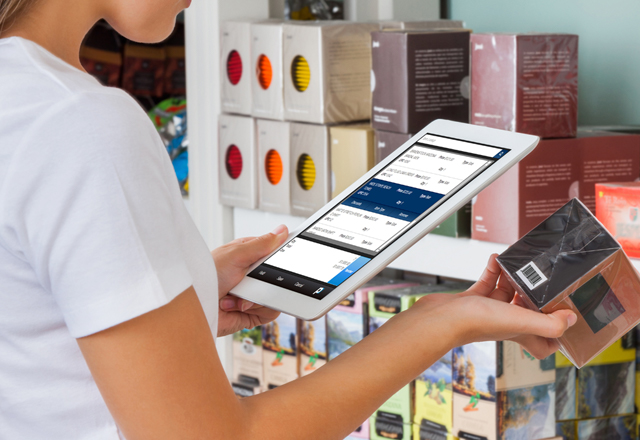
With retailers offering discounts 24/7, for any time or reason, seasonal sales events such as “Back To School Daze” and “Black Friyay” could be losing steam.
However, recent data indicates that the concept of “everyday’s a sale day” can peacefully cohabitate with traditional retail holiday events, as long as retailers remain flexible.
The traditional retail calendar is evolving as data-driven insights and shifting consumer behaviors reshape the industry.
Evolving Retail Strategies: Flexibility and Personalization

Retailers are creating strategic sales events throughout the year, providing consumers with more opportunities to save and engaging experiences that drive loyalty. Even behemoths such as Amazon embrace “Prime Day” events twice a year, which are not tied to any holiday or season.
However, retailers can be rest assured that not all customers want to do all their gift shopping in July.
According to the National Retail Foundation, customers are still accustomed to spending money seasonally, and retailers are ready to deliver safe, convenient and affordable shopping experiences with the products and services consumers want.
Further, they expect retailers to entice them with special pricing to kick off the spending season.
However, retailers are expanding the length of these seasons – for example, Black Friday is no longer just a one-day event but now encompasses the entire weekend as well as Cyber Monday.
The NRF reported that last year, a record 200.4 million consumers shopped over the five-day holiday weekend from Thanksgiving Day through Cyber Monday. That’s a 1.8% increase from 2022.
Historical data shows that Thanksgiving shopping has trended upward, although the COVID pandemic did adversely affect 2020 and 2021.
Today’s shoppers are looking for deals and special offers outside of traditional holidays. In response, retailers are creating sales events throughout the year, often tied to specific product categories or customer segments.
Omnichannel Operations & Promotion Planning

In addition, retailers are taking those targeted campaigns and focusing their reach on individual customer preferences and behaviors.
Businesses have successfully promoted omnichannel retailing, which has led to an expectation of flexibility, not only in how shopping occurs, but also when it happens.
As the lines between online and offline shopping have blurred, traditional event-based sales have become less relevant – as well as when those take place.
Retailers are increasingly leveraging advanced analytics and visual analytics tools, such as Retail Pro Decisions and Retail Pro Reporting, to identify optimal sales periods and personalized experiences to provide more sales opportunities.
Software solutions like Retail Pro Reporting help retailers get valuable insight into their business that can be customized endlessly to identify seasonal trends that might lend themselves to a new promotional opportunity.
A visual analytics software like Retail Pro Decisions, on the other hand, can alert retailers in real time to deviations that will be helpful in considering the timing to launch a sale.
No longer bound by traditional sales calendars, retailers are making more data-driven decisions to optimize sales and foster loyalty and retention.
While the retail landscape is evolving, traditional seasonal sales events remain relevant, albeit with a twist.
By embracing flexibility and data-driven strategies, retailers can harmoniously blend everyday discounts with iconic events such as Black Friday and Back to School.









































